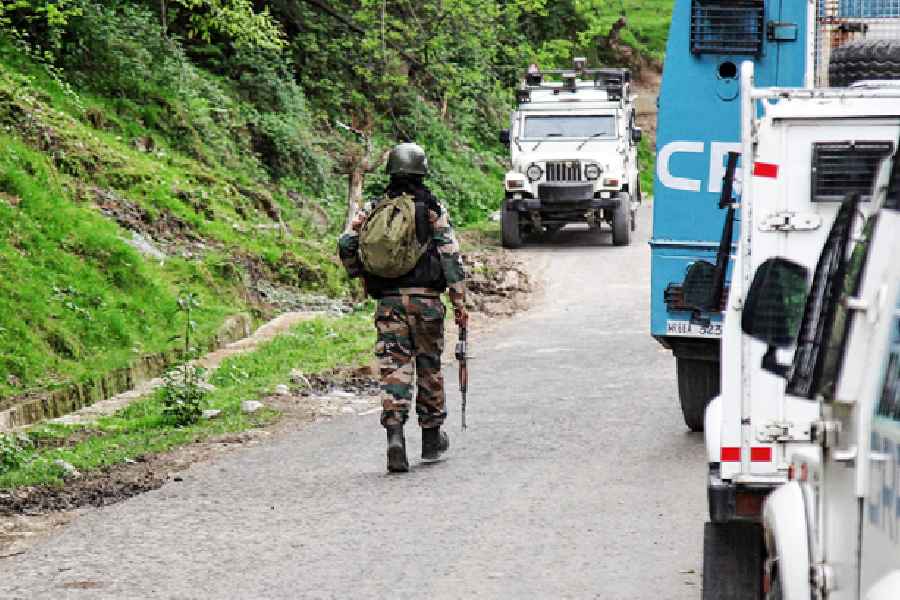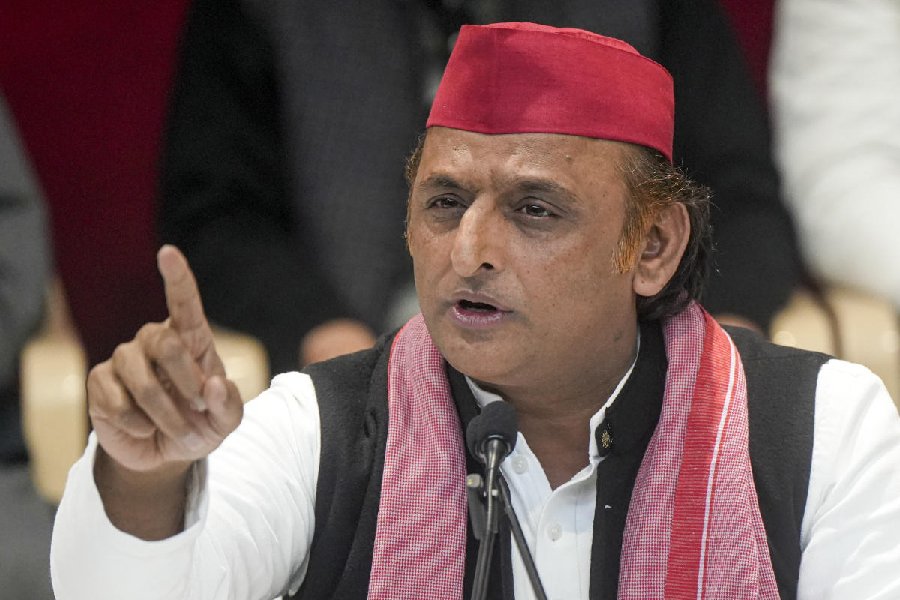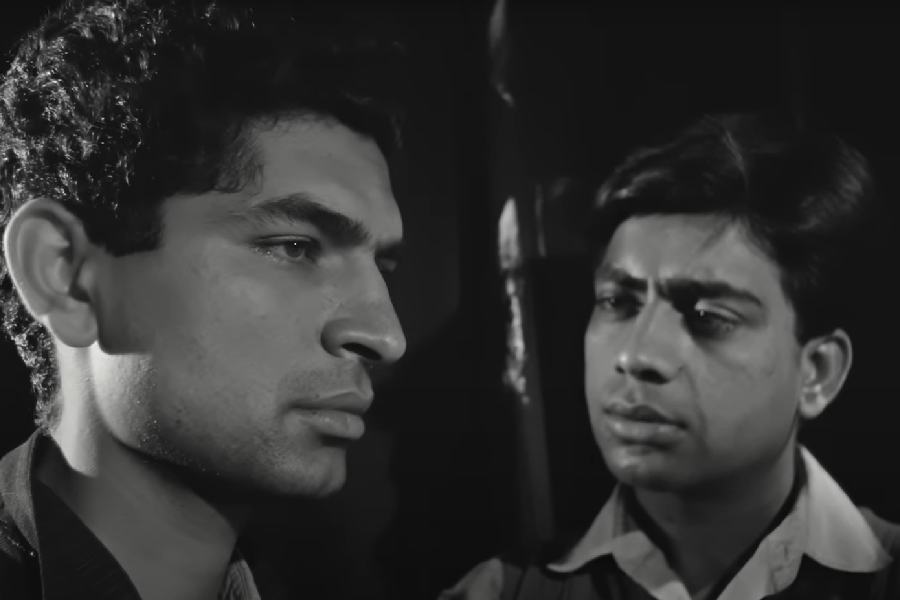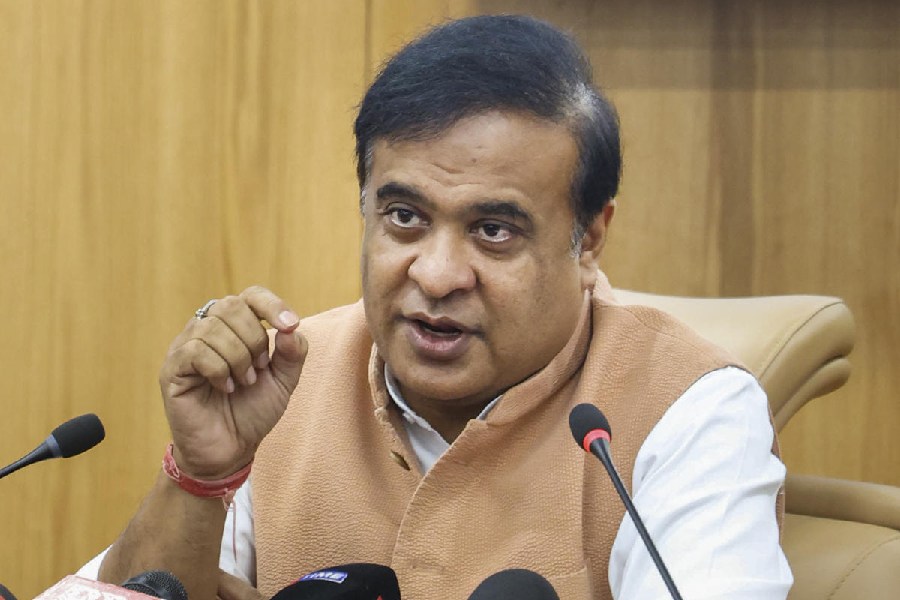-
.jpg)
Manvendra Singh next to a 1937 Rolls-Royce that will be on display at the Cartier Concours d’Elegance. The cars in the background include a green 1939 Bentley and a light blue 1936 Rolls-Royce
Pic: RUPINDER SHARMA
It was a no-brainer for Cartier, the world famous luxury company. Who should it consult when it wanted to bring the world-famous vintage auto show the Concours d’Elegance to India? The instant answer was automobile lover and restorer Manvendra Singh of Barwani.
Singh, who’s the hereditary rana of Barwani, a small state near Indore, is reckoned to be the foremost authority on Indian vintage and classic cars and he’s worked his restoration magic on the rarest of the rare Indian vintage cars — many of which were owned by India’s erstwhile top royals.
Vintage automobiles have been a lifelong passion for Singh. As a child, his father would show his sons automobile catalogues and ask them to identify the cars. “There were Cadillacs, Pontiacs, Fords, you name it,” recalls Singh, who’s standing in the auto world can be gauged by the fact that in 2012 he was invited to be a judge at the world’s top vintage car show the Pebble Beach Concours d’Elegance. He also curated the special Maharaja Section at Pebble Beach, which had star entries like the 1924 Rolls-Royce owned by Arvind Singh Mewar of Udaipur, the 1934 Rolls-Royce Phantom II Star of India owned by the Rajkot royal family, and the unique 1910 Brooke ‘Swan’ car once owned by the raja of Nabha.
-
.jpg)
The third Cartier Concours in Mumbai in 2013 attracted large crowds
“He’s one of the pioneers in vintage car restoration and is held in high regard both in India and internationally,” remarks Delhi-based vintage and classic car restorer Ranjit Malik.
While Singh has a royal lineage, he says he’s lived off his earnings from automobiles of all sizes and shapes from a very young age. When he was in his late teens, he and a friend, Tripureshwar Pratap Singh, took their first steps in
the industry by custom-painting cars as a hobby in Indore. “My parents were amused that these teenagers weren’t going to bars or clubs or chasing girls but sitting under a tree and painting cars,” he laughs.
One thing soon led to another and before long they were also restoring old cars from scratch. Over the years he has totally restored about 300 cars — among them some of the most remarkable vintage vehicles that ever reached Indian shores. He has also been a one-stop shop for top heritage car collectors like Sharad Sanghi and has, over the years, advised people like liquor baron Vijay Mallya and on buying cars.
That’s not all. Singh has also documented India’s rich automotive heritage. He has had a definite purpose while juggling all this. He says: “My concentration is on safeguarding the extremely rare cars and explaining to the owners that your grandfather or father left you something that is fabulous. Take care of it. It’s a family heirloom.”
-
.jpg)
The Nizam of Hyderabad’s 1906 Napier before and after (below) it had been restored by Singh
But over the past several years, Singh has devoted a large chunk of his time to finding outstanding cars for the Concours. So, he’s had to be more selective about his restoration work. Says Singh: “Now I restrict myself to exceptional cars like Maharaja Daleep Singhji of Jodhpur’s Delahaye that was one of the only two cars made. The coachwork on the original was done by French company Figoni et Falaschi which specialised in the art deco style.” That car ended up winning the first Concours.
Another exceptional vehicle that came his way a few years ago was a bespoke Rolls-Royce Silver Ghost Throne car made for the former Hyderabad nizam. As the name suggests, it was designed so the nizam could sit in throne-like splendour and was the only car of its kind ever made in that distinctive style.
What’s more, Princess Esra, the former wife of Mukarram Jah, the erstwhile nizam specified that the car should be returned to the condition it was in when it was bought in 1912. The throne car’s uniqueness made it exceptionally difficult to restore because there were no others to compare it with and only black-and-white photographs to work from.
And to make it even more difficult, the Rolls had been modified considerably during the 1930s. This involved considerable detective work but the restorers had a stroke of luck when a tiny piece of the original upholstery was found in the car. “From that piece, we found with great difficulty a weaver who made upholstery similar to the original,” says Singh.
-
.jpg)
Cartier Concours Judges Sandra Button and Simon Kidston look over the Phantom II Star of India owned by the Rajkot royal family
Two other cars Singh restored for Princess Esra were a pair of extremely rare 1906 Napier L76 limousines that had been in a garage for 50 years. For another royal, Gayatri Devi of Jaipur, he restored a 1937 Bentley 4 1/4-litre MX Series Aero Coupe with a body by coach-building company Hooper.
For Singh, persuading people to show their cars at the first Concours in Mumbai was tough. “I was a novice. But fortunately, thanks to my background, I knew people and I also had a good reputation having worked with cars for a long time,” he says. He doesn’t accent his lineage but concedes it has helped with former royals. Car restorer Malik says that Singh is “one of the most humble and genuine people in the trade”.
One of Singh’s favourite anecdotes is about the late Gayatri Devi. He requested her to display one of her outstanding autos at the first Concours. “The maharani, demanded with a laugh, that I should make sure her car won a prize,” he says. From that debut, Concours, has travelled a long distance. It now has a line-up of about 75 to 80 cars and has about 20 international judges including Sandra Button, chairperson of the Pebble Beach Concours, and Jean Todt, president of the Federation Internationale de l’Automobile.
What makes the Concours really tough to organise is that Singh also has to ensure that different cars are entered each year. “One basic rule is that if a car is shown in preservation class but is not restored at one outing, it can feature only if it is restored over a period of time. It can also re-enter if it changes owners,” he says as he gets ready to organise the fourth Concours on March 14 at The Jaipur Polo Grounds, New Delhi.
-
.jpg)
Concours chief judge Prince Michael of Kent (right) inspects cars at the show
But Singh’s hard work seems to have paid dividends. “At the Pebble Beach Concours d’Ele-gance judge Gordon Murray told car designers to head to the Concours in India to see the evolution of car design,” he says.
Now import restrictions have eased and restorers can buy parts off the Internet but in earlier days, draconian curbs forced restorers like Singh to recreate parts locally. Another complication about restoring cars in India was that the vehicles — like the nizam’s Throne car — were often one-of-a-kind ones. “The fact that many of the Indian cars were custom-made to suit specific requirements of the maharajas multiplied the difficulties,” he says.
Singh also teamed up with historian Sharda Dwivedi to write The Automobiles of the Maharajas. A chance meeting at a publisher’s office had Dwivedi inviting him home to see the unbelievable collection of photographs of cars belonging to the maharajas she had accumulated. “So we got together and I identified the photographs and connected it to the
maharaja that the car belonged to while she did the writing,” says Singh.
The book was also a reply of sorts to books from the 1960s by European and US authors, which portrayed the maharajas as stupid or eccentric. “I spoke to my uncles and aunts and found out the reason behind some of the demands of the maharajas for the cars,” he says. For instance, the Mysore maharaja’s Chamunda Devi car contained no leather and even the suspension shackles were bound by canvas rather than leather. “The reason was that the maharaja used this car to take the idol of Chamunda Devi and leather is not allowed within the temple,” he says.
Then there was the famous cricketing prince, Ranjitsinhji of Nawanagar, who had all his cars painted a shade of blue. “Ranjitsinhji played cricket for Cambridge so he decided to have the cricket colours of the Cambridge team on the cars of his state,” says Singh.
Yet another royal had a car with flashing red-and-blue lights. The idea was that if the lights were on it meant the maharaja and maharani were in the car so subjects should show obeisance.
With all this automotive information at Singh’s fingertips it wasn’t surprising that the famed British travel writer and conservationist Mark Shand sought him out on behalf of Cartier to organise the Concours. “He came over and we discussed it over two or three days. And here I’ve been doing this for the last eight years,” says Singh, who has also contributed research material for international club magazines such as the Hispano-Suiza Society Newsletter, and other similar publications.
The vintage and classic car game has changed dramatically in recent years with prices rising and new collectors entering the field. Singh says there’s a renewed interest in vintage cars especially among youngsters.
Perhaps, not surprisingly, the next generation of Singh’s family too has its auto enthusiasts. His son is an automobile journalist while his four-year-old grandson is very keen on cars. “It comes naturally to us,” says Singh with a twinkle in his eye.

.jpg)
.jpg)








